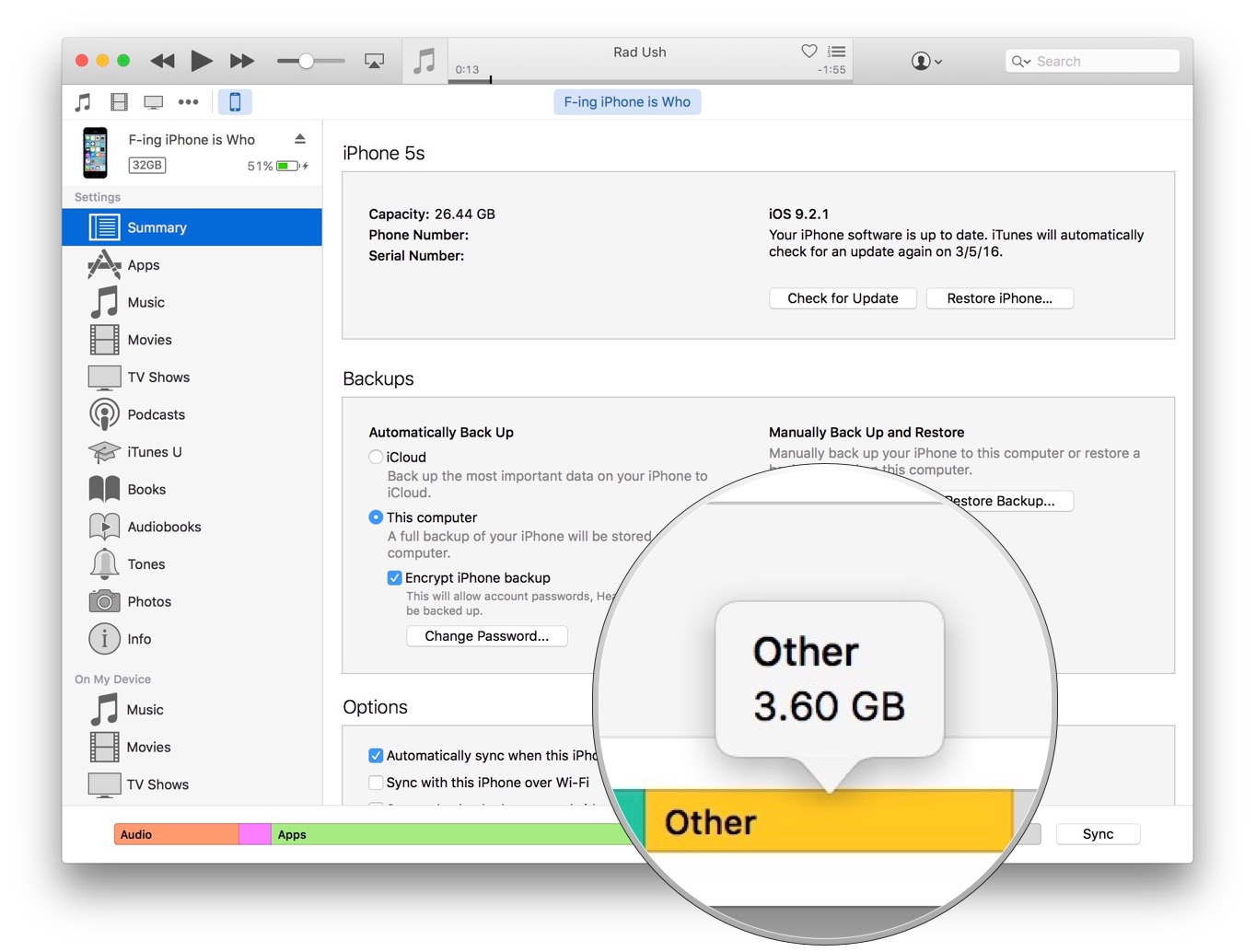- Delete Tings In Storage Code Installed But
- Delete Tings In Storage Mac And Help
- Delete Tings In Storage Download Music Frequently
You may have too many things to start automatically at startup, or you may just be using too many programs at once.
Delete Tings In Storage Mac And Help
With some time and effort, you can successfully clean your Mac and help it run at full speed again.

Now click on the Login tab to see what programs and services are running right when your Mac starts (or logs in).
This is probably why there is no option to defragment in Disk Utility.
These include email files and backups, old versions of applications you no longer need, photos, and more.
Delete Tings In Storage Download Music Frequently
If you frequently upload photos to your Mac and download music frequently, you will probably be running out of space quickly.
Click Downloads on the right side of the Dock, and on the arrow at the top to open the folder in Finder and see everything inside.
For example, a web browser will cache some web pages so that when you re-visit the site, the pages can be read from the hard drive instead of being retrieved.
Most memory is likely to be earmarked for your web browser and accounts on Google Earth, iTunes, and Spotify.
Accordingly, Mac users can free up storage space on their computer by tracking down large Mac apps and deleting them.
Secondarily, you can pay attention to when the app was last accessed, giving you an idea of how frequently (or infrequently) the app is used and whether or not it will be missed by deleting it from the Mac.
Delete Tings In Storage Code Installed But
For example, you may find that you have Xcode installed but havent used it in many months, so deleting the would free up some space.
Or perhaps you have an old MacOS installer laying around, or a game you no longer play, or an app you just never use at all.
Be sure you know what app(s) youre deleting and why youre deleting it from the Mac.
Keep in mind that apps shown in the Storage Management list are apps which are found anywhere on the Mac, not just the Applications folder, meaning they could be housed elsewhere on the computer.
In that sense, the Mac Storage Management tool is kind of similar to the excellent third party utility OmniDiskSweeper, which weve discussed many times in the past as a means of locating and recovering disk space.
How can I do this I often reopen attachments in email so I get multiple copies.
Trashing apps this way leaves a host of associated files scattered throughout your drives various system folders and generally creates a mess.
While finding the largest or least-used based on date of last use apps for deletion is an excellent use of the About This Mac function showing storage, using an app dedicated to this process is vastly more efficient.
But your point about associated files can be important in some scenarios, if youre looking to truly uninstall an app and remove all traces and related components, turning to the Terminal or an app like AppCleaner is a good choice.
Getting rid of an app does often leave a lot of associated junk behind.
I use AppCleaner.
AppCleaner can leave some files, including invisible ones, behind which, if one is being purist about ones cleaning, one has to search for with an app that locates such things.

By continuing to browse the site, closing this banner, scrolling this webpage, or clicking a link, you agree to these cookies.
You can review our privacy policy for additional information.